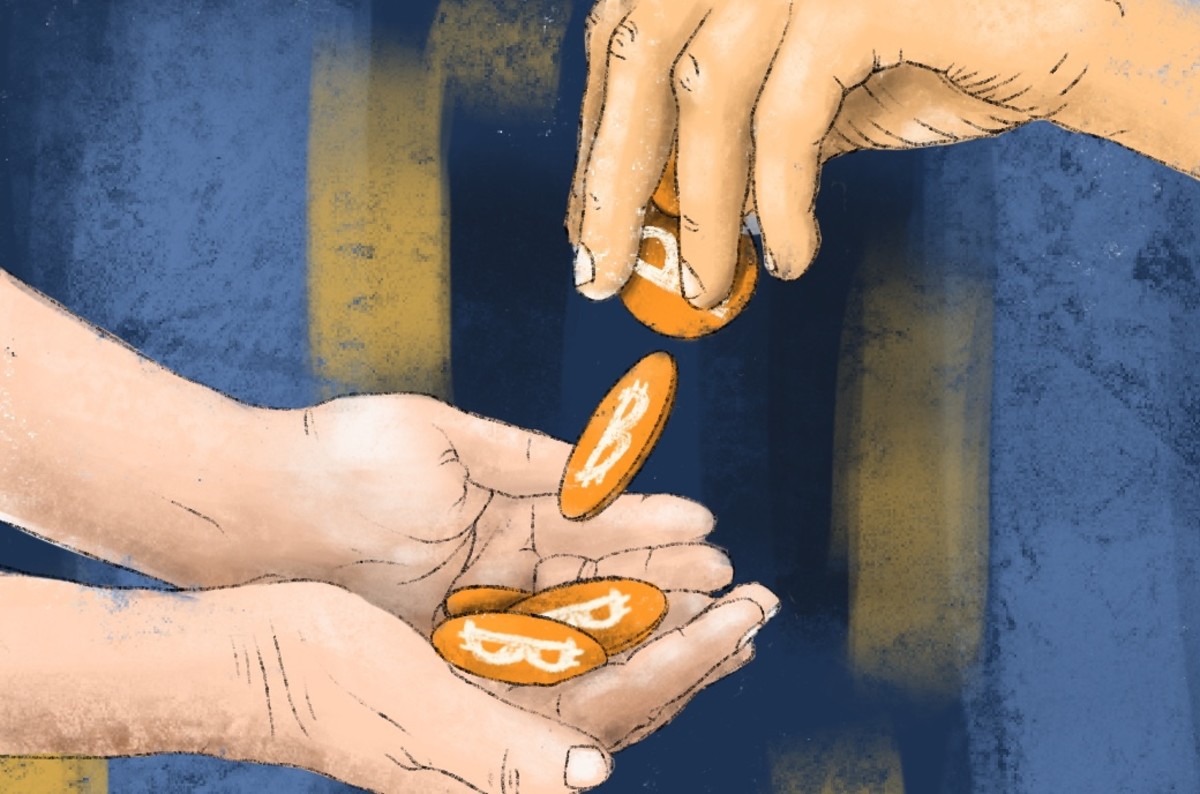How To Set Up A Lightning Network Node

The easiest way to set up and run a Lightning Network node is with an out-of-the-box solution. The majority of full Bitcoin node products also run Lightning clients and they have condensed all of the essentials for running a node into small boxes — you just need to plug them in and follow prompts.
To find out more about out-of-the-box Lightning node solutions, check out our review of the best full node products.
But, as with Bitcoin Core, you can also set up and run a Lightning Network node manually. The following basic steps to get your own Lightning Network node up and running are heavily abridged and provide just a general sense of the directions. More technical resources for getting your own Lightning node going can be found via Doug von Kohorn’s explainer, and Ronald Mannak’s explainer.
1. Install Bitcoin Core
Because Lightning requires a locally-running full Bitcoin node (though the privacy-preserving Neutrino light client and other solutions seek to remove this requirement), you’ll need to install Bitcoin Core. To do so, you’ll need to download the full Bitcoin blockchain (this can take as much as a full day or more to complete).
2. Install A Lightning Client
There are a range of Lightning Network clients, including C-Lightning from Blockstream, lnd from Lighting Labs and Eclair from ACINQ. You’ll need to pick one and install it (which should take about 30 minutes).
3. Set Your Fees, Connect To Nodes And Create Channels
With the Lightning Network downloaded and synced on your node, you now have the ability to set your fee for forwarding transactions (more on that below), connect to other Lightning nodes and fund Lightning channels (though there are ways around running a Lightning node and opening a channel if you want to send and receive Lightning payments, as discussed below).
To learn about how to turn a profit from running a Lightning Network node, visit our guide on node profitability.









